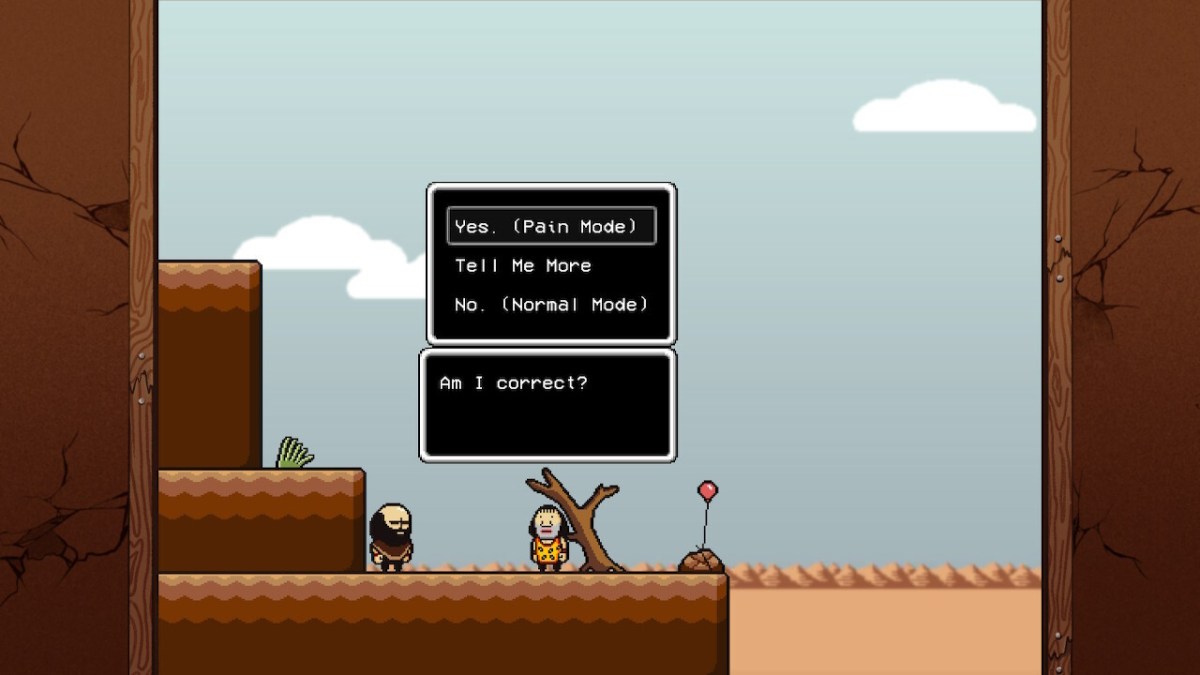Lisa: The Painful is a mean game. It will regularly ask you to make decisions with no right answer, force you to sacrifice party members for no good reason, and make you choose between harming yourself or others. It’s a rough ride from start to finish, so your chosen difficulty level really matters. Lisa: The Painful is a hard game on its own, but there are multiple difficulty settings in the new Definitive Edition of the game that let you alter the intensity of the journey.
Which Difficulty Should You Choose in Lisa: The Painful?
You’ll begin Lisa: The Painful on normal difficulty but you’ll soon be asked if you want to enable Pain Mode, which serves as an extra hard mode intended for veterans of the series. There’s also a new Painless difficulty option that can be enabled at any time with a special item called Terry’s Terroids. Once you select either of the two modes, there’s no going back. The game locks you into your chosen route permanently.

I’m going to keep it real with you. Don’t choose Pain Mode. Pain Mode should only be selected if you’ve played Lisa: The Painful before and know what you’re doing. Even if you have played the game before, Pain Mode will be punishingly difficult. If you’re the type of person that has to second guess choosing Pain Mode (and you are, since you’re here reading this guide), it’s not for you.
Pain Mode Differences
Pain Mode will alter several aspects of Lisa: The Painful including enemy placement, damage numbers, and item placement. Pain Mode also limits the number of times you can save the game since Save Crows literally blow up when you use them. There are new minibosses to fight and some new characters to meet if you choose Pain Mode, plus there’s a secret ending waiting at the end for those brave enough to put up with Pain Mode’s punishments.
Related: Lifelong Zelda Fans are Crushed Because Tears of the Kingdom is “Too Hard”
Painless Mode Explained
Painless Mode is Lisa’s version of a “story” difficulty level. This has become a popular trend in games lately and it hugely benefits games like Lisa: The Painful since plenty of people want to experience the game’s story and world without worrying about failure around every corner. Lisa: The Painful is still an incredibly harsh experience even on Painless Mode — you’ll still be forced to make tough decisions and participate in things like Russian Roulette against your will — but combat will be significantly easier.
You can activate Painless Mode at any time during your journey by using Terry’s Terroids from the key items section of your inventory. Once you drop to Painless Mode, however, you can’t go back up to normal difficulty. Your adventure is permanently set to Painless Mode once you use Terry’s Terroids.












Published: Jul 18, 2023 08:01 am